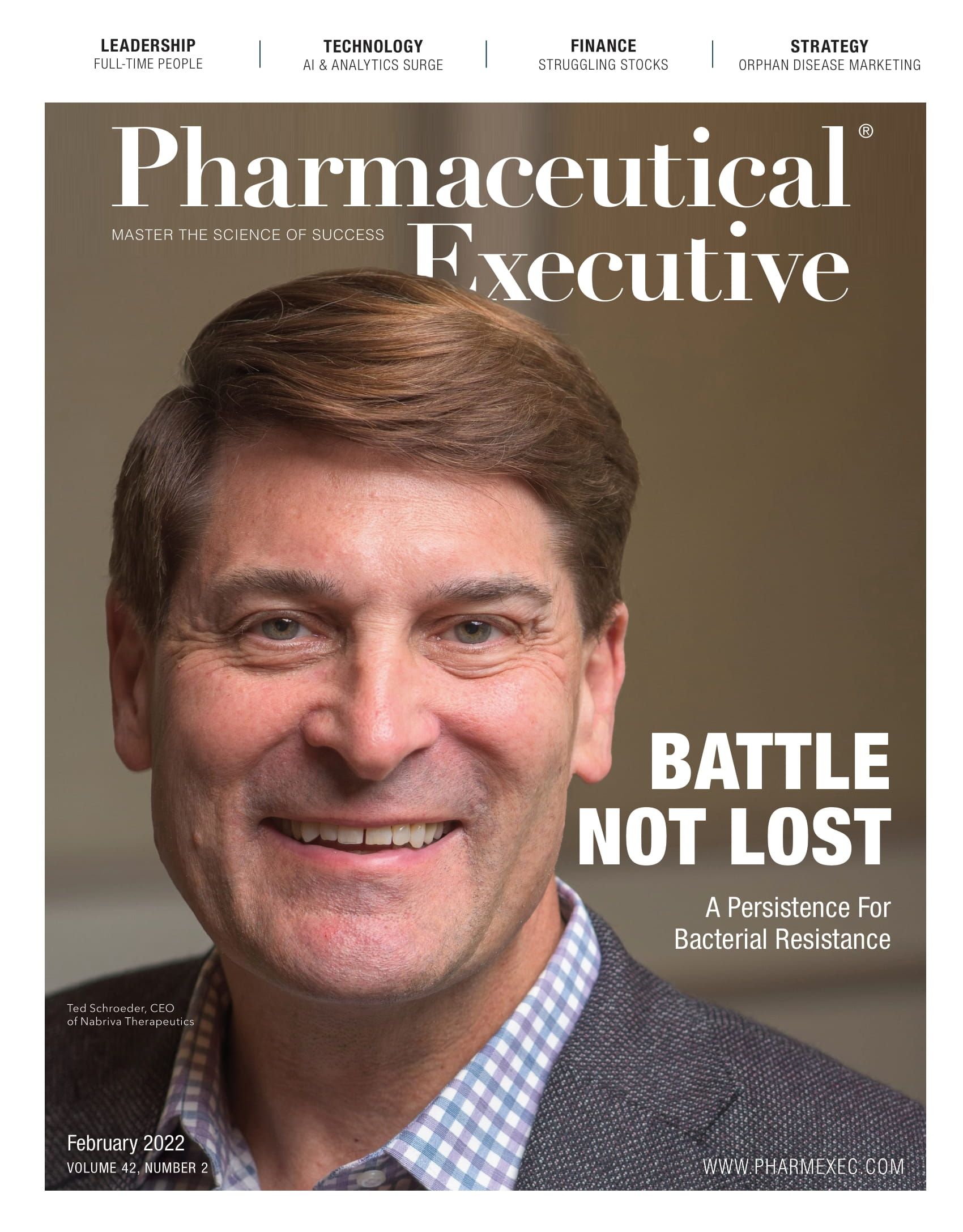EU Steps in on Pricing, Offers Member States Aid to Negotiate
European Commission looks to relieve issues without legislation.
Why, might you ask, should the European Union be shelling out millions of euros to its member states to boost their ability to negotiate on the prices of pharmaceuticals? Since the individual member countries of the EU repeatedly proclaim their inalienable rights, sanctified by the EU treaties, to run their own affairs on drug pricing and reimbursement, and since they have demonstrated by their recent refusal to give an inch on those rights in the battle to achieve even a heavily nuanced coordination of their health technology assessment (HTA) processes, why is the EU executive, the European Commission, offering hard European cash to them to up their game on price controls? But that is just what it is doing. And national authorities will doubtlessly be lining up to get their hands on the money so that they can get a better deal out of drug manufacturers.
A mid-January announcement from the Commission is tempting national drug pricing authorities with a half-million dollars to develop proposals for “early warning features and guidance in the area of pricing,” with the aim to “prevent price increases based on unfounded claims to recover investments and increased costs” and to put a stop to “excessive pricing.” The Commission is inciting national authorities to generate “common approaches to verify claims on price information and to provide appropriate guidance to adjust pricing methodologies,” including monitoring “strategic sequencing of price increases” and threats to de-list or withdraw medicines.
The grants available under this scheme are peanuts compared to other analogous initiatives the Commission has also announced. There is nearly $1.5 million being offered to national authorities for activities “ensuring affordability of medicines for patients and health systems’ financial and fiscal sustainability.” Again the aim is to promote further cooperation between national authorities “to address the challenges due to certain commercial practices.” The actions envisaged include notable improvements in “transparency on costs of medicines by filling the knowledge gaps on principles and costing methods for verifying the cost claims of medicines.” They also cover upgrading requirements on evidence generation and getting better visibility on data. There’s another $7 million-plus earmarked for plugging some of the yawning gaps left by the EU’s half-hearted bid to persuade member states to work closer together on HTA.
That’s what’s on the table. As to the “why,” it is not difficult to identify the pressures on the Commission in the mounting concerns over drug prices and their impact on health system finances expressed by a wide range of influential organizations in the healthcare community, and by a growing number of member states. The EU plan to propose revisions later this year to its pharmaceutical legislation has triggered a torrent of adverse comment on the cost of medicines, frequently focused on the alleged impotence of national authorities in the face of powerful international drug makers.
European doctors complain of insufficient data on safety and efficacy of new medicines and demand “fair pricing conditions” in negotiations on reimbursement. European pharmacists want better tools “evaluating cost-effectiveness and added therapeutic value of new therapies.” European patients see the current unequal access to medicines as a major cause of health inequality and blame European “fragmentation” for a lack of alignment on the data and evidence required for marketing authorization, HTA, and pricing and reimbursement decision-making and the criteria applied. The rare disease community in Europe expresses concerns over current medicines evaluation in terms of “safety, long-term efficacy, access, and sustainability for health budgets,” and says “existing models are not adequate” for the new challenges in pricing and access of novel therapies. European consumer defense organizations warn that “the prices of new medicines can go through the roof” and “new medicines don’t always work better than existing treatments.”
Caught between the rock of member state refusals to cooperate and the hard place of anguished cries from the medicine end-users, the Commission is trying to steer a course that will offer both extremes the semblance of relief—without venturing too far into the forbidden territory of legislating on prices. The underlying problem, though, is that whatever route it takes, the EU cannot afford to do anything that will seriously imperil the European future of the industry on which all this ultimately depends.
Reflector is Pharmaceutical Executive’s correspondent in Brussels
